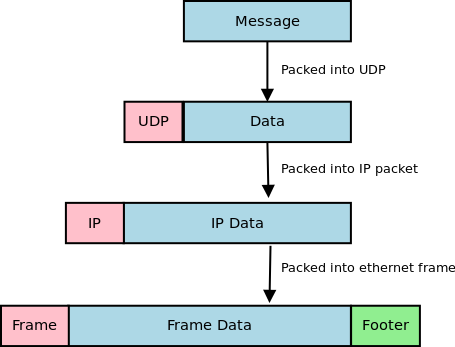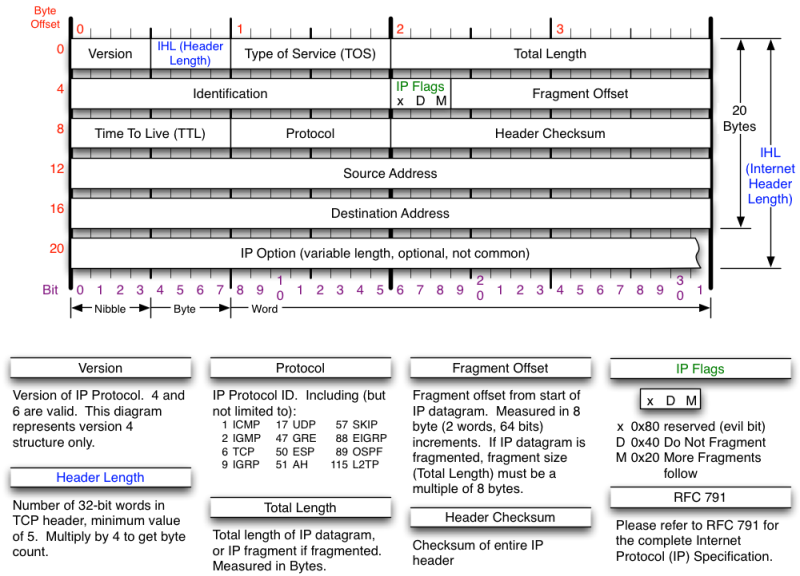The first question to ask yourself is probably what the mkdir syscall does?
Obviously, it will create a new dir (thanks captain!) but is it only one piece of code for the whole kernel?
If I ask, the answer is no. First, there is one syscall entry per achitecture, so searching about mkdir in the arch will already show a lot entries.
But what’s a dir? Something which contains one or multiple files? Yes but no. Conceptually, the main purpose of the directory is to give names to files and allow to address them. If the name of the file was in the file structure, how to access it? Without folder you would only have an array of files without names… But I’m getting away from the question (just giving you an exam answer by the way…)
The dir, in practice is implemented differently in all file systems. So there is one different mkdir function per file system, and there is a lot of FS in the linux kernel… How the kernel knows which one to use? It uses something much like net_device_ops for a network device (OS 2015-2016), md_personality for an md array (OS 2014-2015) or sched_class for a scheduler (OS 2013-2014) : a structure of function pointers that the kernel can follow to accomplish some actions.
So a “grep -Ri mkdir” on the top level of the kernel will give you way too much results…
If you look at the syscall table, you’ll find that we often talk about sys_something, so searching for sys_mkdir could be a good idea…
Could be… Because you won’t find it. Why? You should remember half of my slides, or what I said in class, or … Well, that smells the macro… Cscope does not support them well, Eclipse does. But Eclipse can only resolve a macro usage, not search in reverse from the macro declarations (as far as I know).
Time to show your regular expression skills ! (You could also search for the macro defining the syscall directly…). We should have something called syscall and mkdir in the same line… So let’s search for sys [something] mkdir, or the reverse :
grep –exclude “*.o” -RiE “sys.*mkdir|mkdir.*sys”
–exclude *.o allows to avoid searching object files, R do the search recursively, i case insensitive, E use regular expressions.
That stills give too much results. Looking quickly through, you could add –exclude Documentation and arch as those two won’t contain the actual implementation. Another way is to search only in the fs folder, as we can think that the syscall implementation is something about file systems… Even if it will call a per-fs function.
Let’s do the later :
cd fs
grep --exclude "*.o" -RiE "sys.*mkdir|mkdir.*sys"
sysv/namei.c:static int sysv_mkdir(struct inode * dir, struct dentry *dentry, umode_t mode)
sysv/namei.c: .mkdir = sysv_mkdir,
Fichier binaire sysv/sysv.ko correspondant
tracefs/inode.c:static int tracefs_syscall_mkdir(struct inode *inode, struct dentry *dentry, umode_t mode)
tracefs/inode.c: .mkdir = tracefs_syscall_mkdir,
proc/root.c: proc_mkdir("sysvipc", NULL);
proc/proc_sysctl.c: proc_sys_root = proc_mkdir("sys", NULL);
namei.c:SYSCALL_DEFINE3(mkdirat, int, dfd, const char __user *, pathname, umode_t, mode)
namei.c:SYSCALL_DEFINE2(mkdir, const char __user *, pathname, umode_t, mode)
namei.c: return sys_mkdirat(AT_FDCWD, pathname, mode);
btrfs/ioctl.c: * sys_mkdirat and vfs_mkdir, but we only do a single component lookup
And it’s right in front of you 😉 The number to use at the end of the macro is quite obvious… But google can help you if you don’t find what it means.



